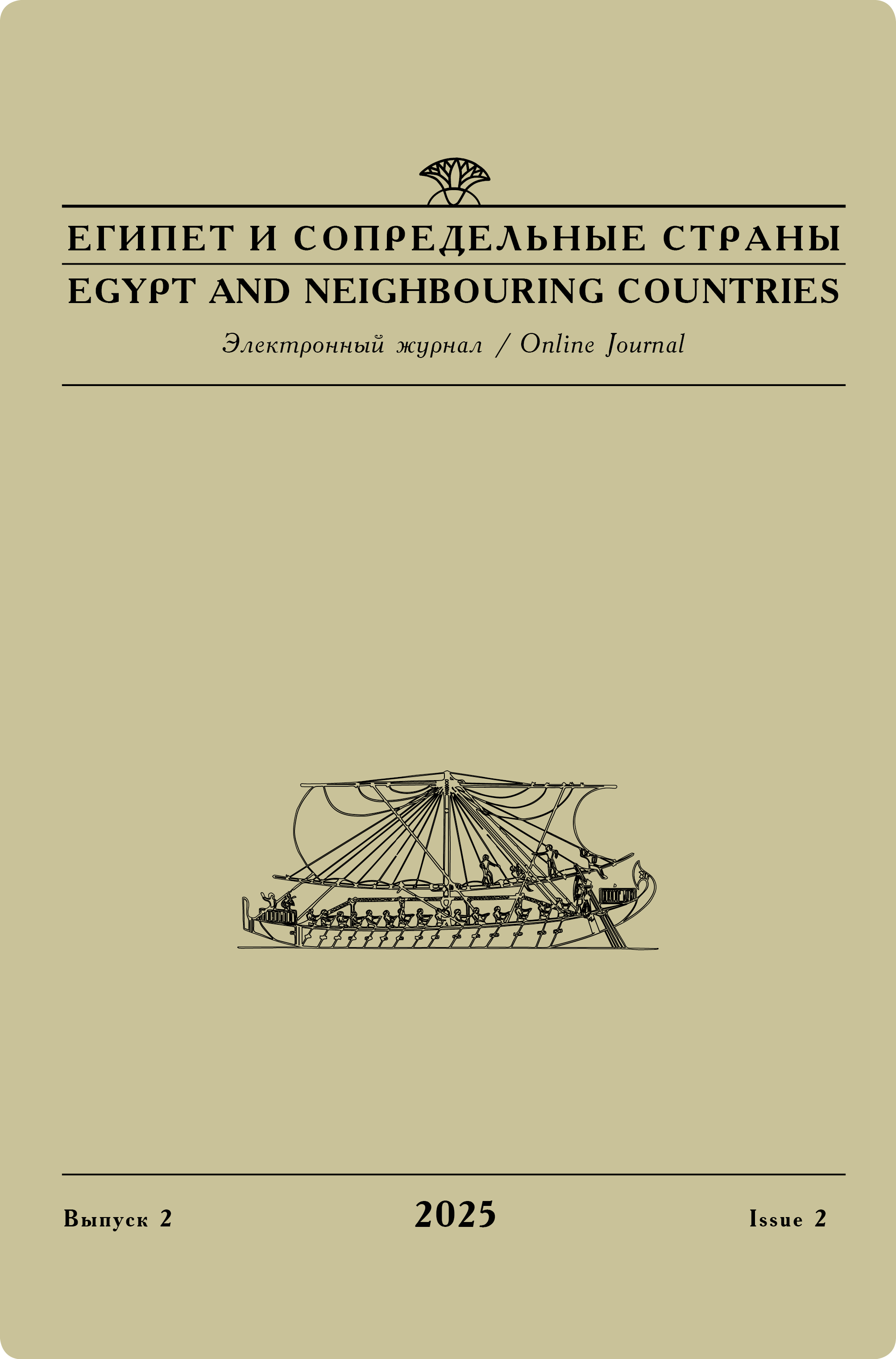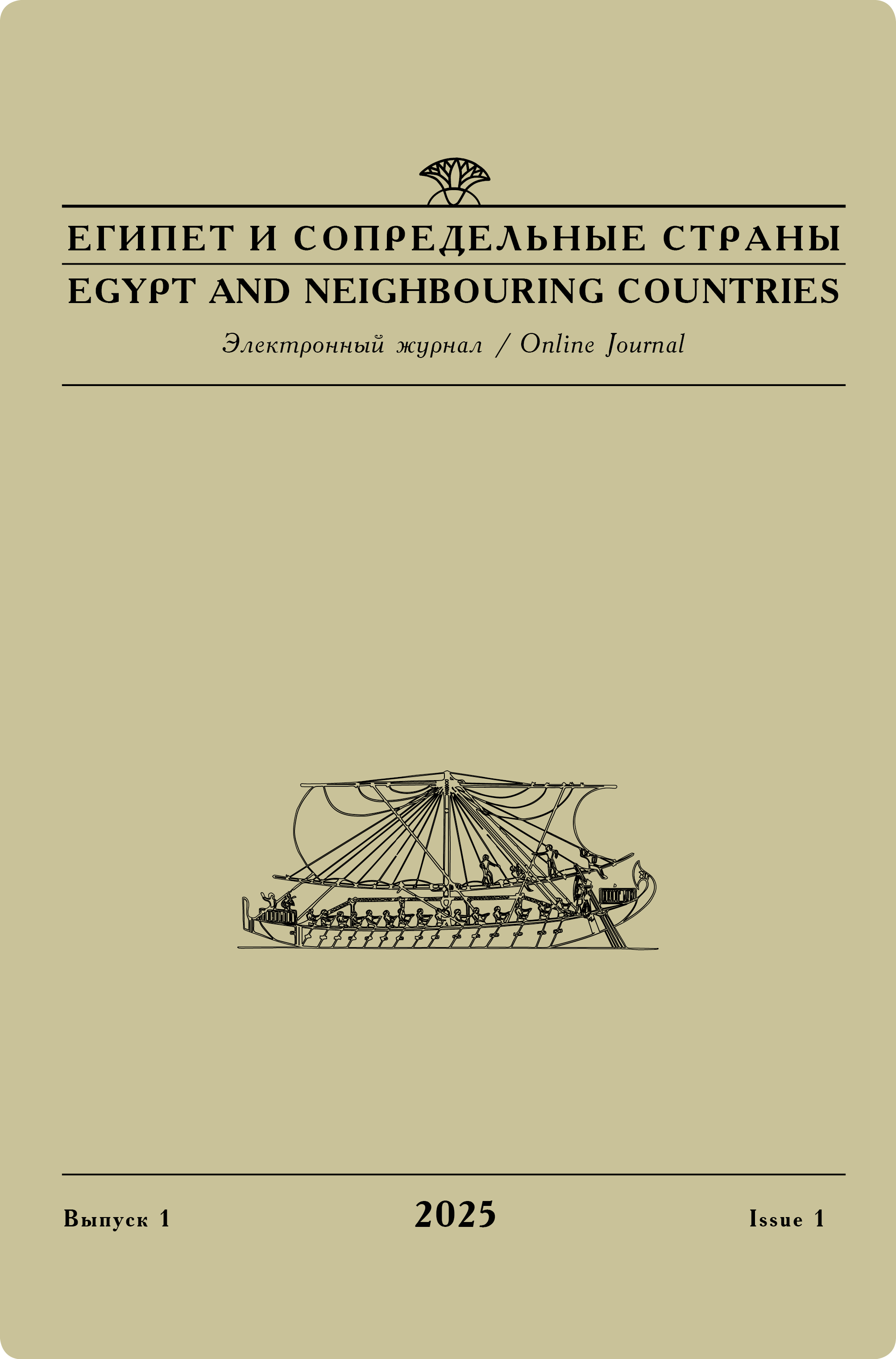Issue 1, 2018
E. G. Tolmacheva
Al-Muʽallaqa church in Old Cairo: history, legends and conservation
The church of the Virgin ‘Al-Muʽallaqa’ is considered one of the most respected and oldest Coptic shrines. Coptic tradition tightly connects the history of Al-Muʽallaqa with the Gospel events — the flight of the Holy Family to Egypt from king Herod. There are several hypotheses on when the church was founded. Researchers agree with each other that the oldest part of the building is the socalled ‘small church’ today hosting St. Takla Haymanot’s chapel. According to A. Butler, the ‘small church’ was built in the 3rd–4th centuries. M. Simaika Pacha believed the church was erected in late 4th — early 5th century since this date is indicated by numerous archaeological finds from within the fortress. O. Burmester presumed that the ‘small church’ was built in the fortress not long before the Arab conquest. It is highly probable that the ‘small church’ existed in the fortress’ tower in 4th–5th centuries. However, since Al-Muʽallaqa underwent numerous reconstructions, the ‘small church’ as it was initially constructed does not survive to our days. As to the main church, most modern scholars associate the erection of it with the epoch following the Arab conquest, i. e. the time when the fortress lost its military functions. Apparently, it occurred during the reign of patriarch Isaac (690–692). The first written mention of the ‘hanging’ church comes from the time of patriarch Joseph (831–849).
Since February of 2004 until June of 2008 the large Russian-Egyptian project on saving Coptic heritage was undertaken — a complex restoration of Al-Mualaqa’s interiors. This project was conducted by the Centre for Egyptological Studies of Russian Academy of Sciences under the auspices of the Supreme Counsel of Antiquities. Scholars and conservators from various Russian institutions, such as Grabar Art Conservation Center, took part in the work. The Egyptian party was represented by the ‘Aswan’ conservation company. The Russian researches found out the church complex as now before us to be homogeneous in terms of chronology and concept and concluded it was built and decorated in the early 14th century. Subjects to restoration were wall paintings, wood and bone
carvings, polychromic stone carvings, stone-made objects (mosaics, marble carvings, columns’ capitals) and so on.
Keywords:
Al-Mualaqa’ church, Old Cairo, Byzantine art, conservation, Coptic history, Babylon on Nile.
Original language — English.
DOI: 10.24411/2686-9276-2018-00003
Read full article




